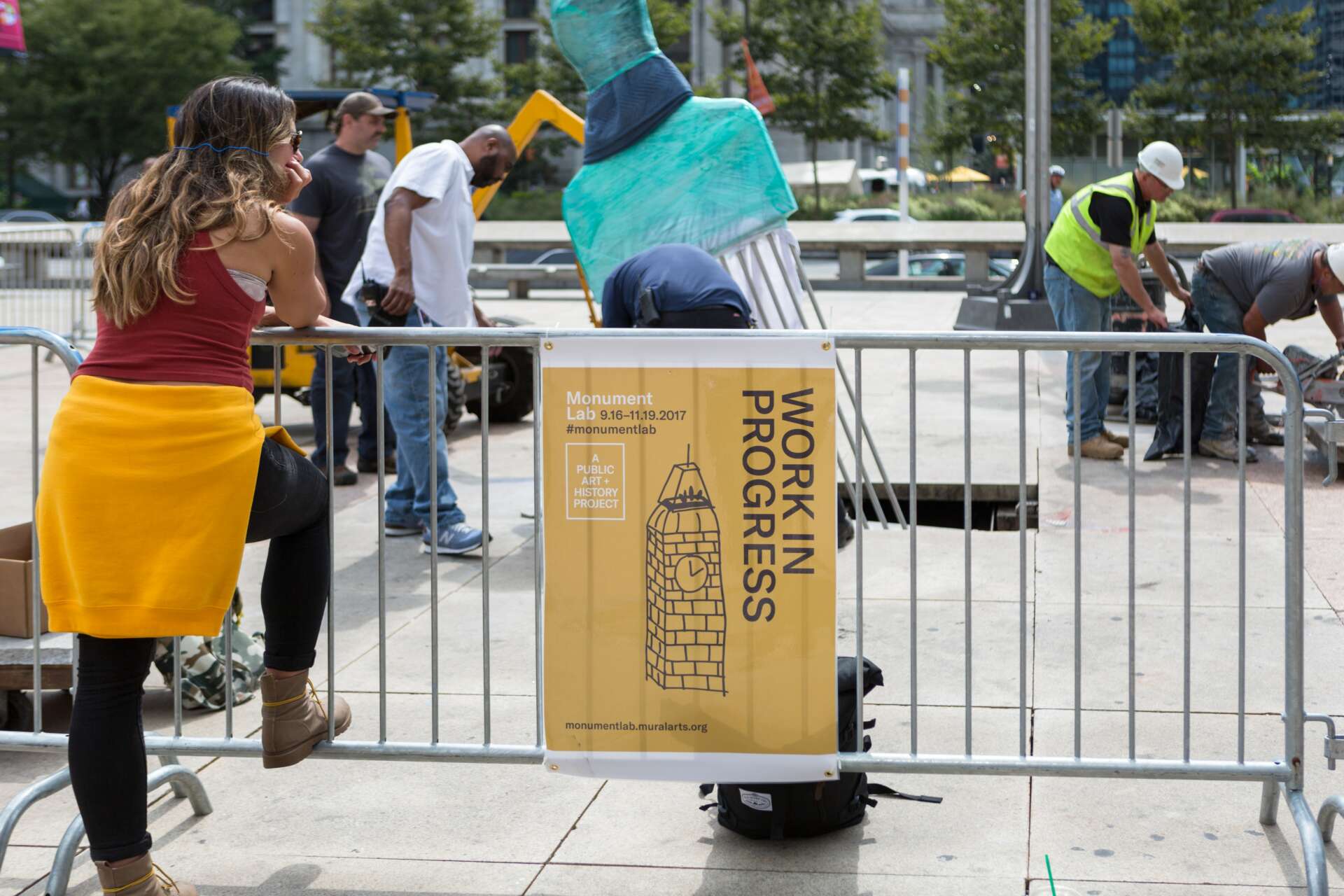We were lucky to catch up with Sam Giarratani recently and have shared our conversation below.
Hi Sam, thanks for joining us today. We’d love to hear about when you first realized that you wanted to pursue a creative path professionally.
Probably 7th grade. After I saw footage of the Columbine shooting, I wanted to find a way to help heal. Making art was something I knew that brought me joy and also was one of my expressions of love. I started to think could I make something that could help heal? Since I lived a short walk from the beach, I would collect countless seashells, so I had so many great surfaces to work on. I figured if the beach was a place that helped me find peace, maybe it would be so for others. I got my art supplies together and figured then I would paint these seascapes on the big, white, outside surface of quahog shells. I remember they were the perfect shapes for sunsets. I sold them on the sidewalk like lemonade, and all the money I raised was for the survivors and families of the victims of Columbine. I don’t remember how many seashells I made, nor how much money I collected, but I knew designing, creating, producing and delivering a creative idea was something I liked doing, and I would need to always find ways to do it.
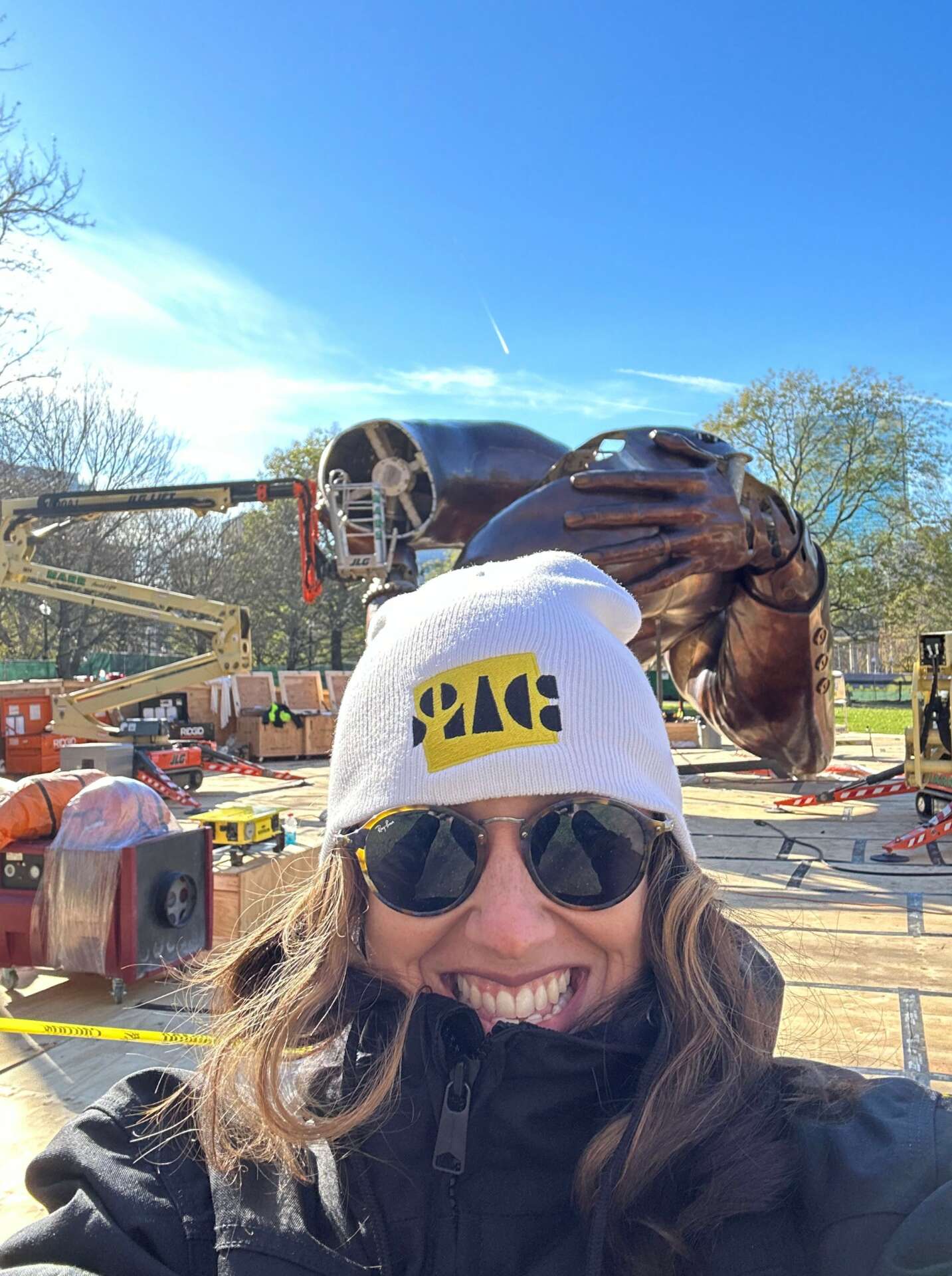
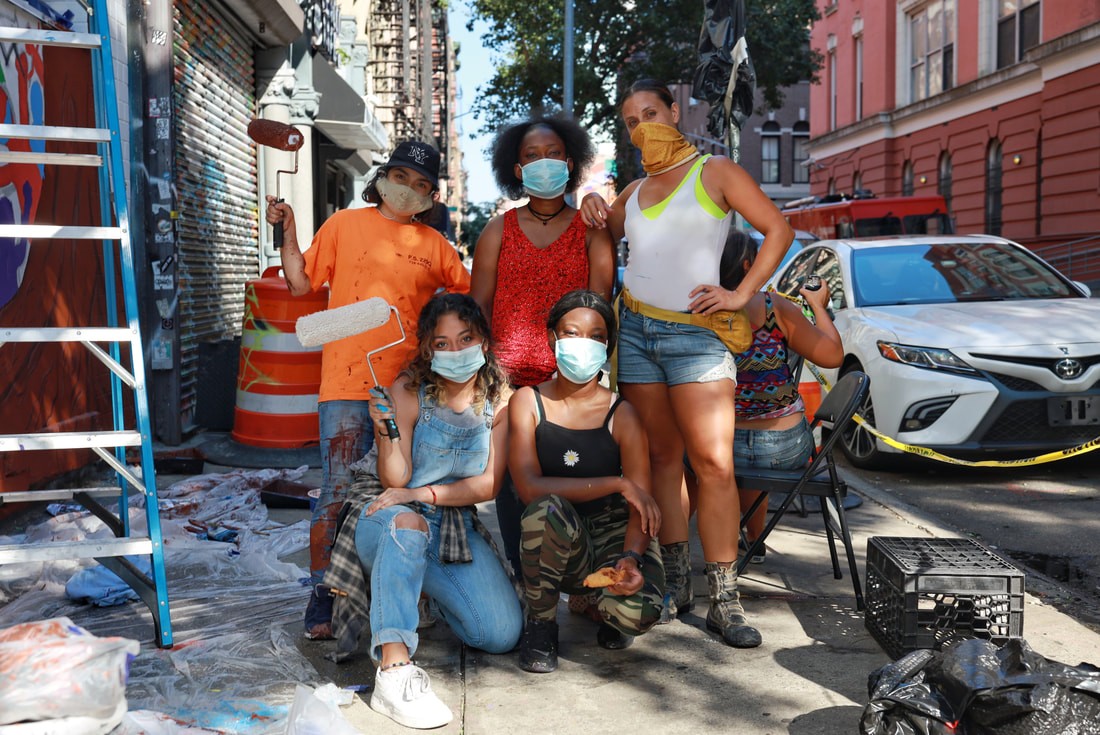
Great, appreciate you sharing that with us. Before we ask you to share more of your insights, can you take a moment to introduce yourself and how you got to where you are today to our readers.
First and foremost, I’m a woman and a daughter, a sister and a partner, and I’m an artist. With my company Negative Space, I manage large-scale public art projects for a variety of artist clients, and I also find myself in roles of creative brainstorming and placemaking for those who wish to actualize ambitious community artworks.
I knew I always wanted to be an artist, but I never laid out a clear path in front of me. I also knew I wanted to run my own business, but as most know, it’s messy and there is no rule book. But where did I get the nerve to do this?
One time my mother and I wanted highlights in our hair but didn’t want to pay exorbitant salon prices, we decided to do it ourselves. We’ve seen it enough times, we thought, it couldn’t be that hard. We got all the supplies, the hair bleach, the tools; I remember really trying to mimic the way our stylists used the steel pin tail of their combs to separate the hair strands and the fluid motions of folding the foil at the scalp with the brush side dipped in bleach. Though I admit I’m not as confident in my applications of bleach as other mediums, my mother and I did in fact develop our signature slogan: If they can do it, we can do it!
This is a core mantra that defines me and the way I navigate the world. Though I value training and study and discipline and practice, they are more powerful to me when I mix them with grit, humility, and openness. It has helped me evolve in my art practice, as well as in my listening-forward, process-driven approach to my business.
When I boil it down, I as a human, am providing a service to other humans, so the first thing I would like to develop is a relationship, which is built on trust. I’m upfront with what I’m sure I can do, but I’m also transparent about what is not in my zone of genius. Don’t try to schedule a partial foil with me- my mother would not recommend.
Both my parents told my brother and me that we could do anything we put our minds to, but I would rephrase it a bit: whatever you put your mind AND heart IN.
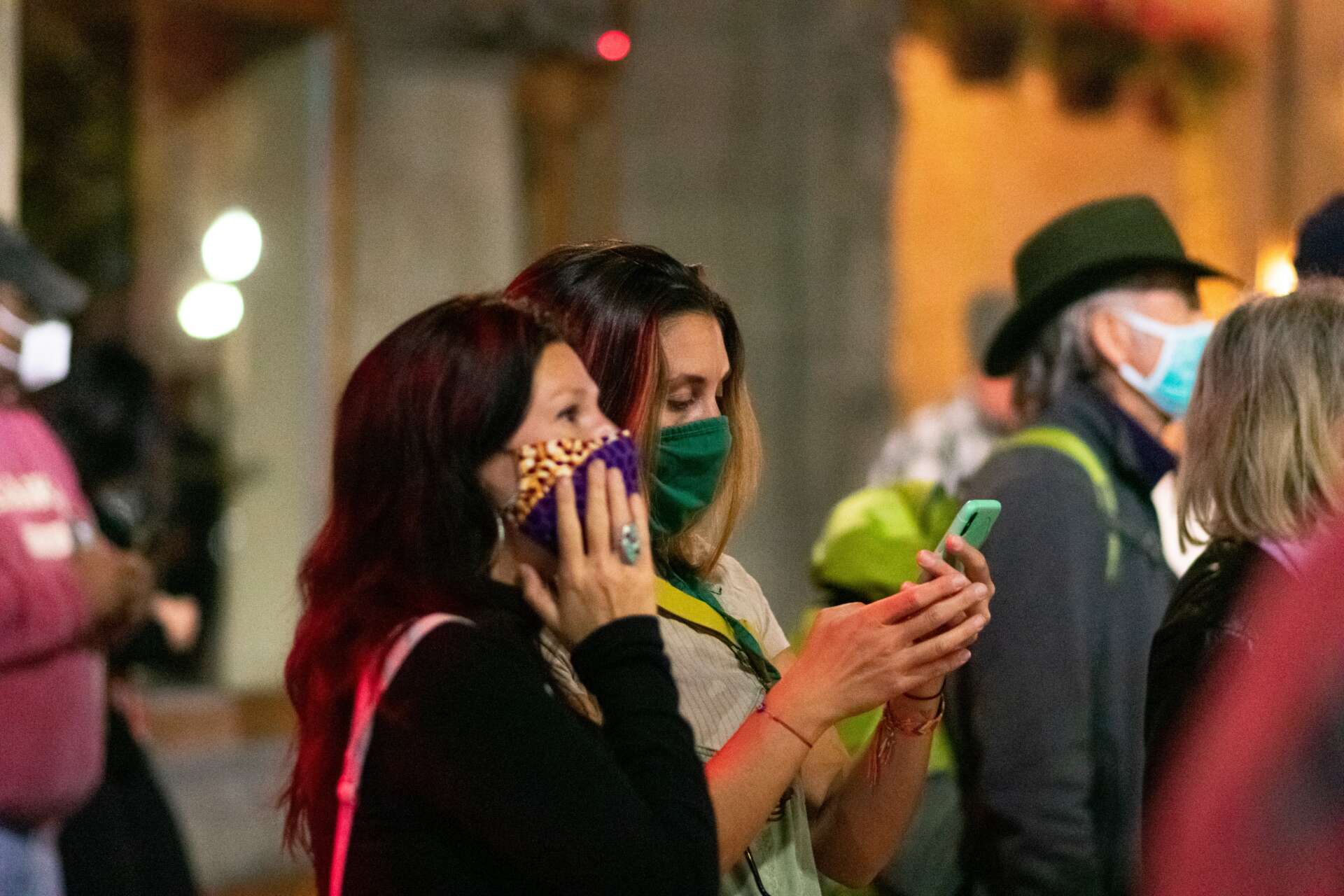
What can society do to ensure an environment that’s helpful to artists and creatives?
Honestly, I don’t see a separation between society and “creatives.” We as a species are creative inherently, so by society supporting artists, creatives and a thriving creative ecosystem, society is supporting itself. We create society, we are the society- and I’m telling myself this even more than I’m telling anyone else.
But I think what we as a society can do to support ourselves is to be more process minded and driven, and focus less on the final results. Results are important and ultimately what we are all striving to accomplish, but I think if we were more focused on the process, we’d have better results. In the process, I find myself more curious, more open, more present, and more focused. Goals and objectives are clearer to me, and if I leave the door open to fumble or make mistakes, I’m more open to learning.
I wish other industries besides the ones labeled “creative” valued the process a little more. I’m not saying it’s what will fix all challenges, but I do believe that if society listened to and trusted process more, we might find growth with less resistance.

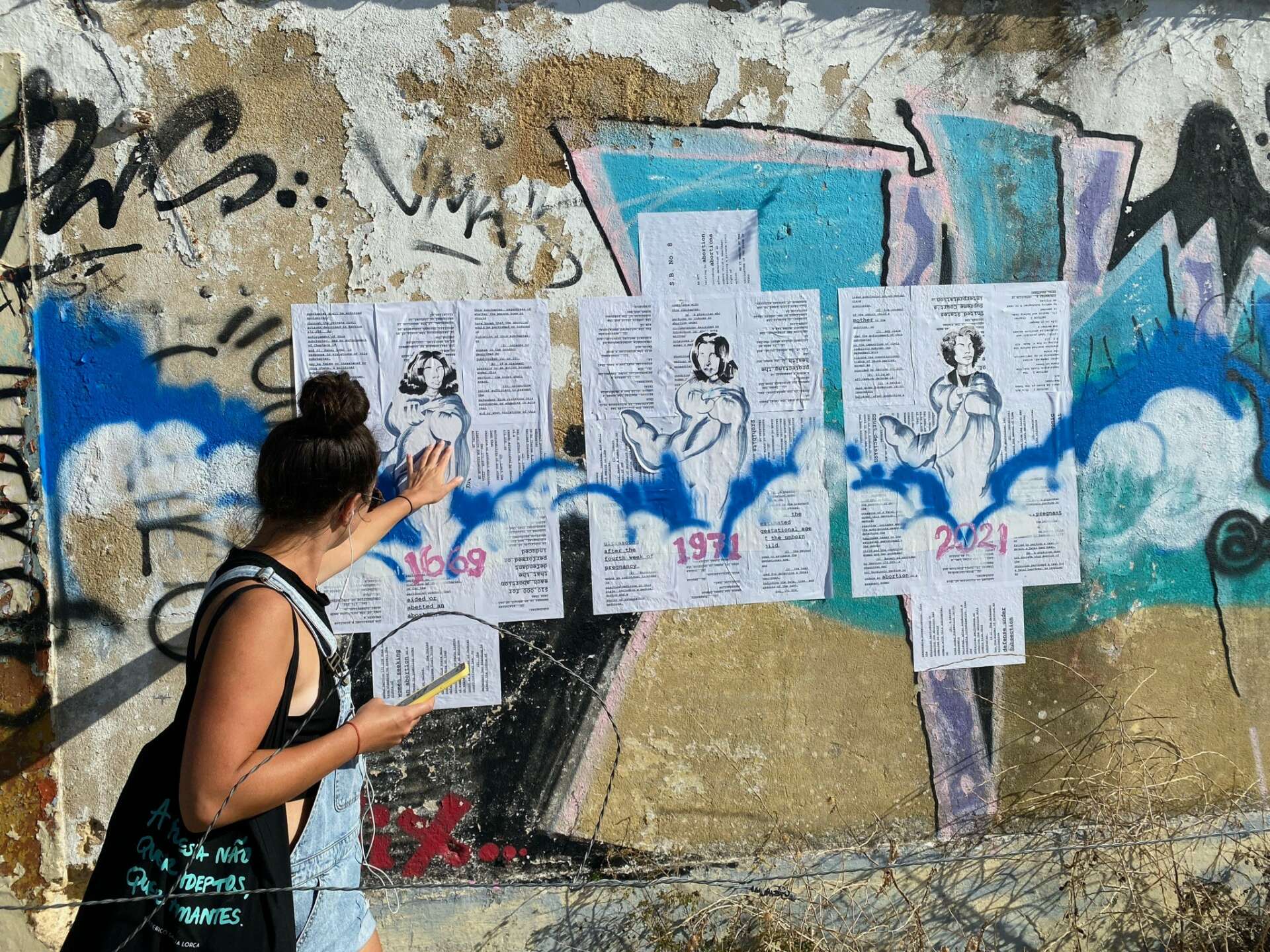
Do you think there is something that non-creatives might struggle to understand about your journey as a creative? Maybe you can shed some light?
I have always considered myself creative, but I’d say a lot of external validation (grades), support (an open-minded family), encouragement (lots of art supplies as gifts) helped me build confidence in saying it. I “excelled” in this area growing up, I think really because other people told me I was good at it. But even when I stopped seeking external validation and found peace, connection, and joy in the creative process, I still don’t think I’m more creative than anyone else. I just choose to inhabit the creative space more. (And I do want to shout out everyone who has given me the positive reinforcement along the way).
When I was teaching art to freshmen and sophomores at a high school in Boston in my former life, I was always so surprised at the incoming classes- the 13 and 14 year olds who would say, “I’m terrible at art” or, “I’m not good at drawing/painting/photography…” (fill in the blanks). I’d be shocked because they were so certain about their abilities at such a young age just because someone with authority told them this feedback. So, I took it upon myself to recalibrate their mindsets; I helped them lean into the creative process more. In turn, they discovered what really brought them peace, joy and connection while being creative. And I’d say, they made more things they liked :)
I guess I’d just like those who don’t consider themselves “creative” to ask themselves why they think this way and perhaps who told them so. Whether you’re in construction, in retail, customer service- I’d argue you are inhabiting creativity everyday, as you need to generate plans, problem solve, figure out puzzling logistics, communicate to different types of people. It just might not be labeled “creative” because it doesn’t involve colors or shapes. But I’d encourage people to look at it differently.
“The limits of my language mean the limits of my world.” – Ludwig Wittgenstein, 1922.
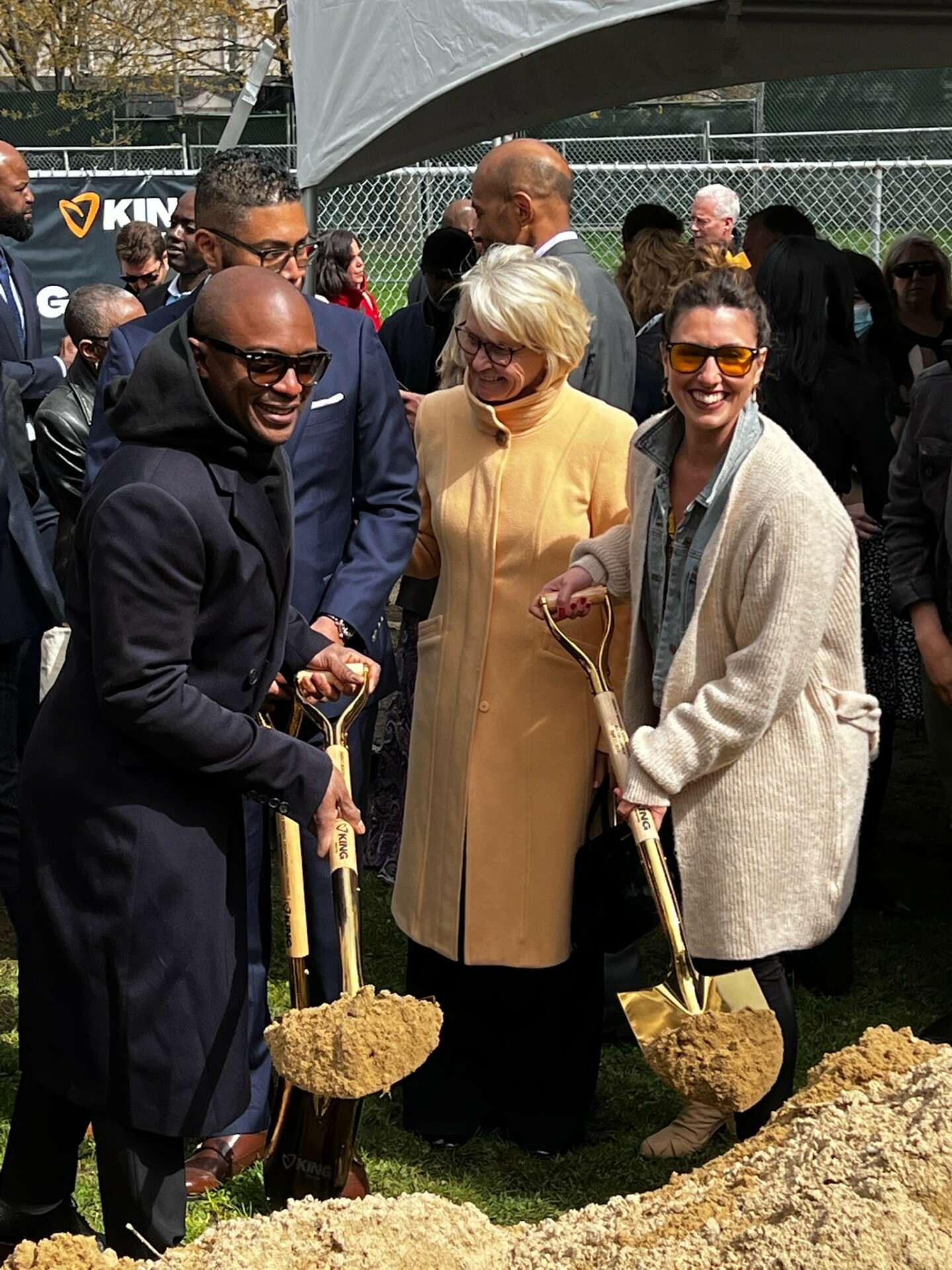
Contact Info:
- Website: www.negativespace.rocks
- Instagram: @negative_s_p_a_c_e
- Other: @samigiarra
Image Credits
Dominic Duarte, Steven Weinik Mural Arts, Lori Wofford, Jasmine Velez, The Brave House, MASS Design Group


